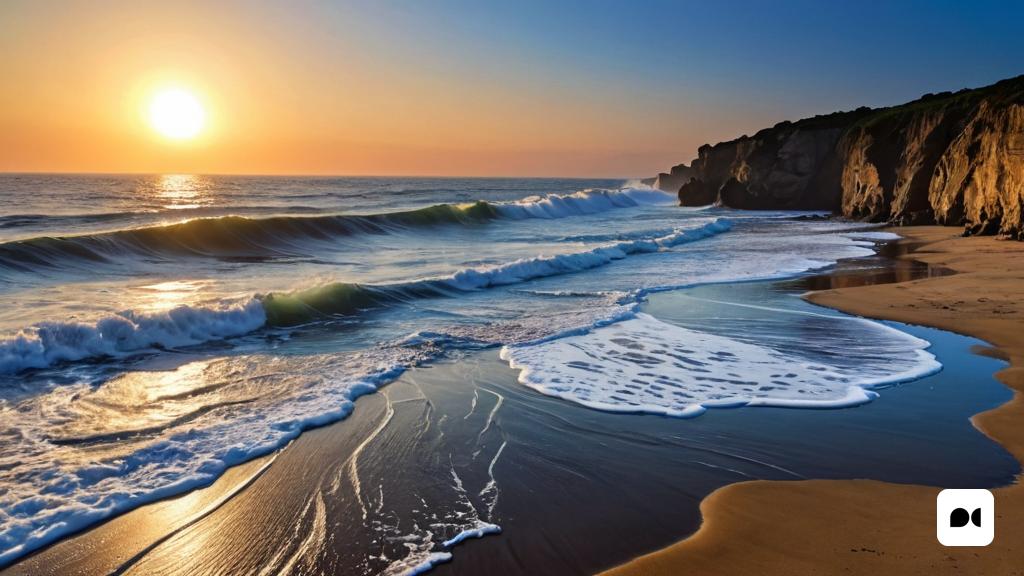An exotic world
Titan, Saturn’s largest moon, is a fascinating and mysterious place. Its surface is covered by huge bodies of liquid methane and ethane, creating a unique landscape in our solar system.
The formation of waves
A recent study by researchers at the Massachusetts Institute of Technology (MIT) reveals that the hydrocarbon seas on Titan could be populated by waves that erode the coasts, shaping the satellite’s rivers and lakes.
These waves are generated by the wind, which acts on the liquid surface of methane and ethane. Through simulations, scientists have shown how these waves shape coastlines and create the surprising shapes we can see on Titan.
A world in constant change
Titan is a dynamic world, where waves play an important role in the evolution of its landscape. As the wind continues to generate waves, shorelines erode and new shapes and structures are created.
This discovery gives us new insight into Titan’s geology and helps us better understand how landscapes form and evolve on other planetary bodies.
A possible home for life
The presence of liquid seas on Titan raises the possibility that this satellite harbors extraterrestrial life forms. Although direct evidence of life has not yet been found on Titan, the existence of waves and the presence of organic compounds on its surface are promising signs.
Scientists continue to study Titan and its unique features in search of answers about the origin of life in the universe.
Reference
Signatures of wave erosion in Titan’s coasts. Rose V. Palermo et al. Science Advances (2024). DOI:https://doi.org/10.1126/sciadv.adn4192

